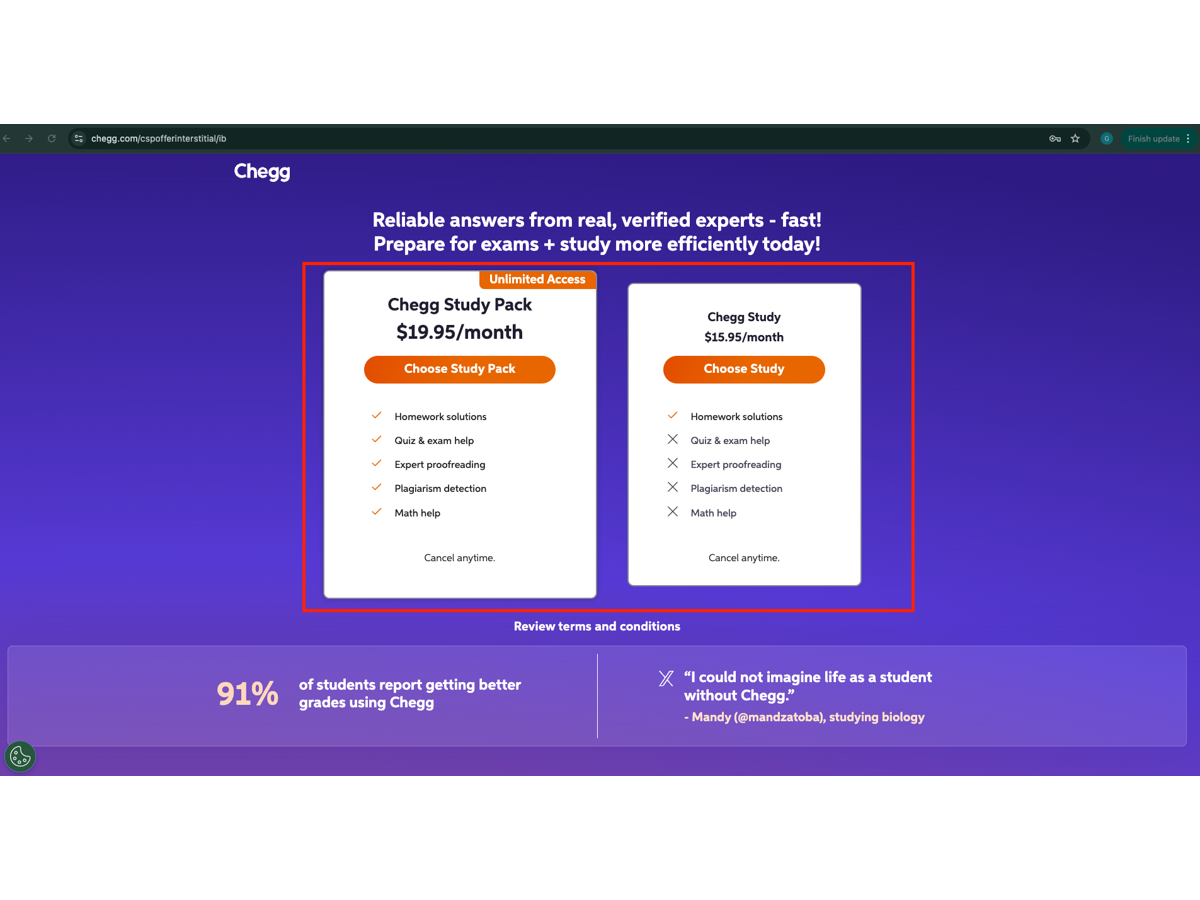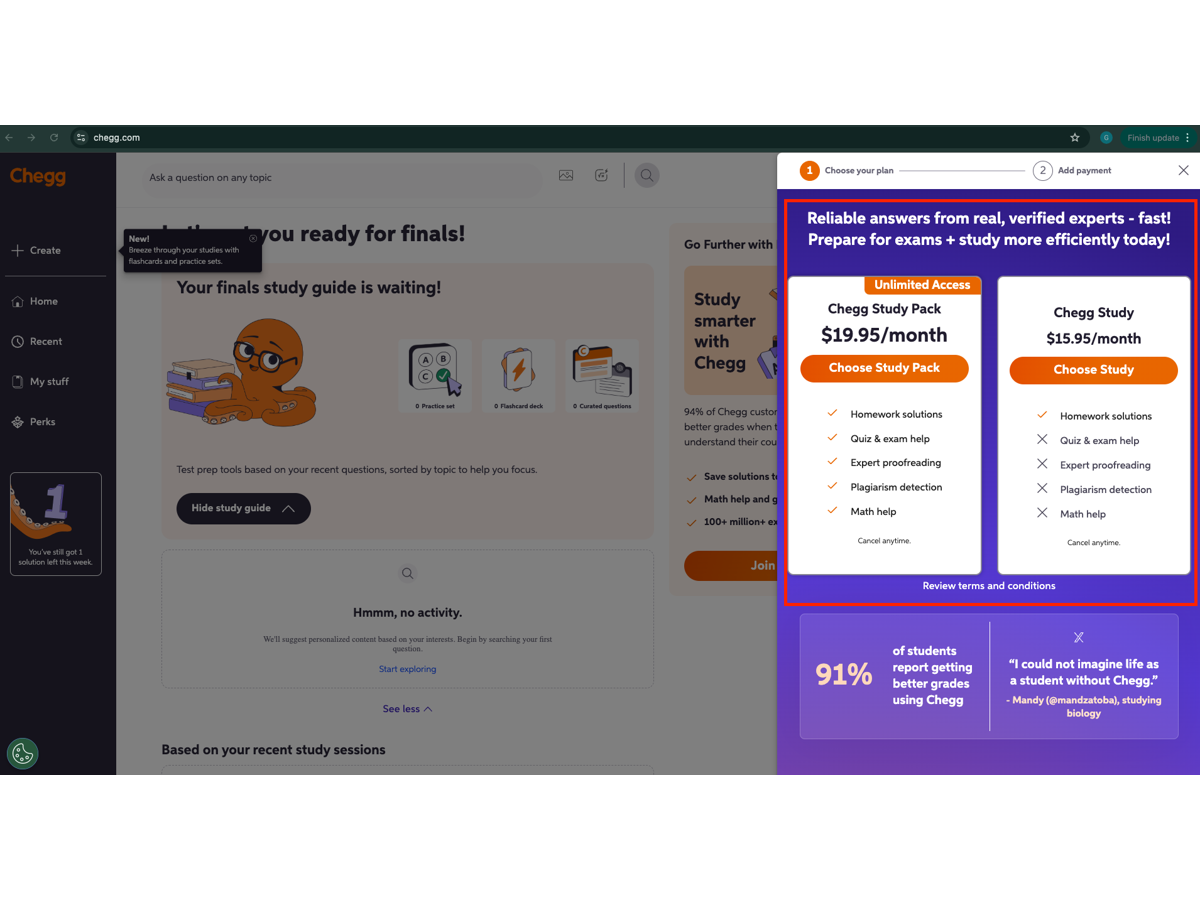Deep Dive: Federation of Services
Situation
When I took over the lower funnel at Chegg, I inherited a two-year backlog and a team that was overwhelmed. We owned the core monetization surfaces — pricing, packaging, and checkout — and were the single-threaded owners of revenue-driving infrastructure. But we were also stretched too thin: engineers were on-call for funnel outages, delivering our own features, and simultaneously supporting monetization initiatives across the company.
A key tech initiative — migrating to a federated front-end architecture — had been deprioritized repeatedly. The team had been without a PM for six months, so anything with immediate revenue impact kept getting prioritized instead. When I joined, I asked my EM how I could empower the team to succeed. Together with our project manager, we audited the backlog and found that nearly 40% of it was made up of requests from blocked teams who needed our surfaces to run experiments.

Task
I needed to reduce our delivery timelines and eliminate our team as a bottleneck — not only to accelerate our own roadmap, but to unblock the 40% of work tied to dependent teams. This meant reviving and executing the federation initiative and securing buy-in for a temporary tradeoff: deprioritizing some near-term delivery in exchange for long-term scale and velocity.
Action
I proposed dedicating 30% of our engineering capacity over a quarter to complete the federation migration. I worked with engineering to outline the migration plan and dependencies, then partnered with business stakeholders to frame the upside: removing 40% of our backlog, enabling org-wide experimentation, and avoiding missed delivery dates on our own roadmap. The quantification was directional — not perfect — but compelling enough to get leadership on board.
As part of this initiative, we federated our front-end by migrating lower funnel components to a shared React library, enabling teams to embed pricing and checkout flows autonomously. We also modularized our pricing API to simplify integration and ensure compatibility across consuming teams, though the API itself remained centrally managed.
While engineering executed, I familiarized myself with our architecture, implemented support mechanisms, and used the opportunity to review our remaining backlog items through a tract of continuous discovery. My EM and I committed to running weekly office hours for 6 months post-migration, where we supported teams like marketing and product experience with questions around usage and documentation. This hardened our internal systems, reduced repeat questions, and freed our tech leads up for higher-leverage work during planning cycles.
Result


- ⭐ We eliminated 40% of our backlog, entirely comprised of dependency tickets.
- ⭐ Our team’s velocity doubled within two quarters, and we hit key roadmap milestones that had previously been at risk.
- ⭐ We supported 12+ teams post-migration through documentation and live support, reducing friction and increasing platform adoption.
- ⭐ A formerly blocked team embedded our checkout component in their flow and saw a 7–9% CVR lift — a material gain in a highly saturated U.S. market.
This initiative transformed us from a dependency-heavy execution team into a true platform owner, in line with the Working Backwards principle of separating platform and application teams. We unlocked autonomy across the org, improved our delivery consistency, and positioned our engineers to focus on infrastructure innovation instead of operational triage.